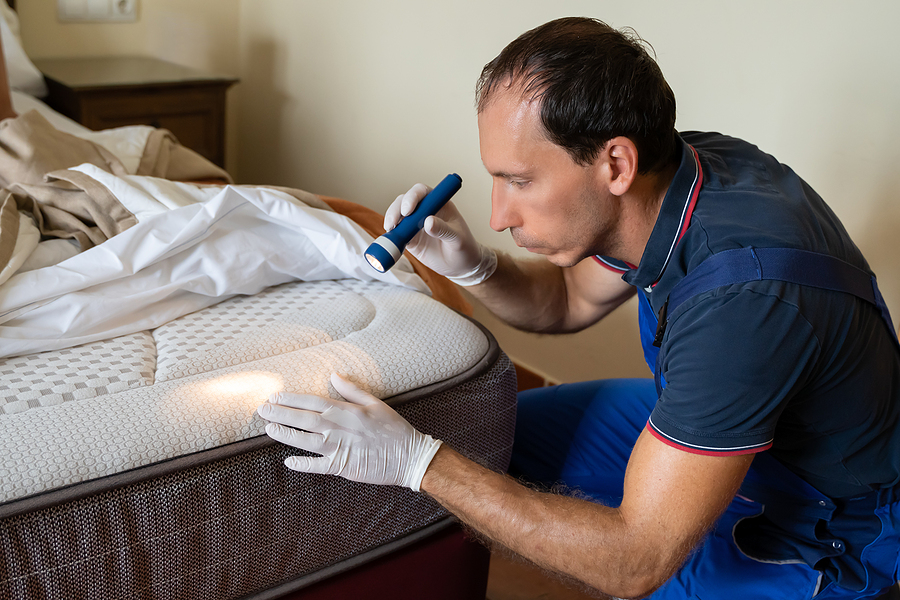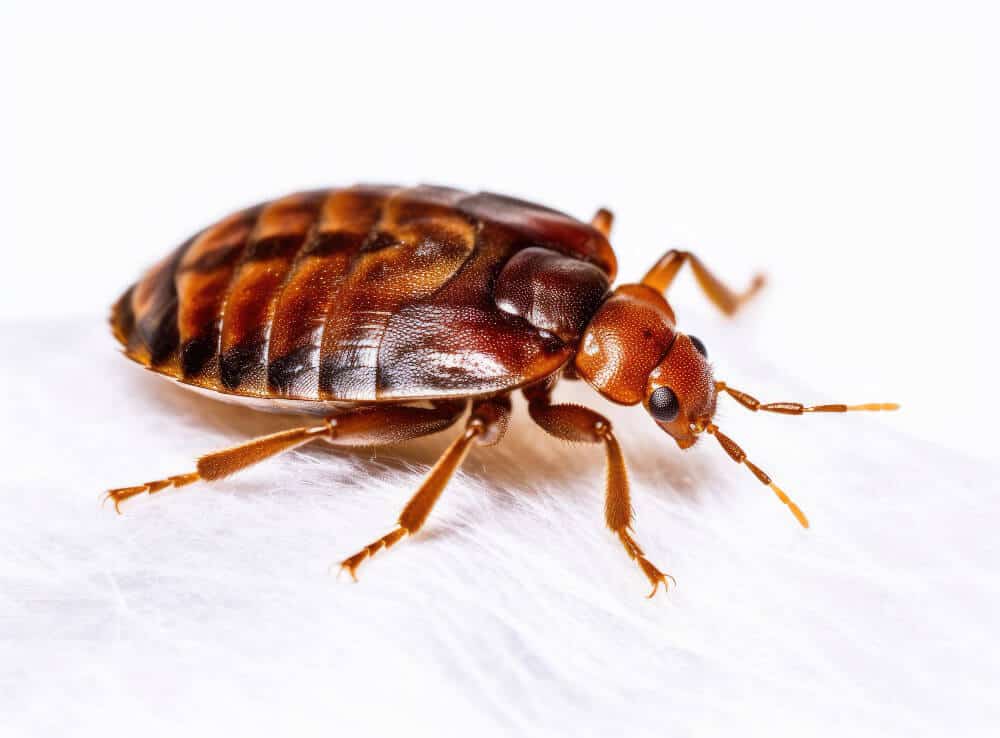Top A1 Bed Bug Treatment in Houston - Quick and Affordable
Top A1 Bed Bug Treatment in Houston - Quick and Affordable
Blog Article
Recognizing the Lifecycle of Insects for Targeted Control Strategies
Recognizing the lifecycle of parasites is a fundamental facet of effective insect monitoring strategies. Via a deeper understanding of exactly how pests evolve and thrive, tailored control techniques can be made to attend to specific factors in their lifecycle, inevitably leading to even more successful pest monitoring results.
Significance of Recognizing Bug Lifecycle
Recognizing the lifecycle of insects is essential for establishing effective and targeted control methods in insect monitoring. By comprehending the different stages a bug experiences from egg to adult, parasite control experts can identify weak spots in the lifecycle where treatment can be most effective. As an example, understanding when larvae are most energetic can help establish the optimum timing for applying larvicides. Furthermore, comprehending the lifespan of an insect species can aid in anticipating population development patterns and prospective infestation dangers.
Moreover, acknowledging the certain ecological problems essential for each and every stage of the parasite's lifecycle can assist choices on environment modification or exclusion approaches to minimize and disrupt the lifecycle bug populaces. This expertise makes it possible for pest administration experts to carry out positive measures rather than counting exclusively on responsive treatments, resulting in more long-term and sustainable parasite control remedies. Ultimately, a thorough understanding of pest lifecycles equips insect control professionals to tailor their methods effectively, making best use of and minimizing ecological impacts control outcomes.
Key Stages in Insect Advancement
To successfully execute targeted control methods in parasite management, a crucial element depends on thoroughly recognizing and recognizing the essential phases in parasite development. Parasite advancement usually includes numerous essential stages that are essential for their lifecycle and monitoring. The initial stage is the egg phase, where bugs lay eggs that later on hatch out into larvae. Larvae then advance into pupae, a phase where they undertake metamorphosis prior to becoming adult insects. Understanding these stages is essential as it aids in determining vulnerable points in the lifecycle where control actions can be most efficient.

Vulnerabilities in Bug Lifecycle
Throughout the numerous phases of a pest's lifecycle, distinctive susceptabilities arise that can be purposefully targeted for efficient control actions. One critical susceptability exists in the egg stage, where pests are commonly more susceptible to particular pesticides or organic control agents as a result of their soft external covering, making them much easier targets for intervention. Additionally, the larval or nymph stage offers susceptabilities as pests undertake rapid development and advancement, needing high energy usage that can be exploited by disrupting their food resources or presenting growth inhibitors. Pupal stages, identified by stability and transformation, use a window for targeted control via physical barriers or specific therapies that hinder successful introduction. Ultimately, grown-up insects, while a lot more resilient due to their reproductive ability, can still be susceptible throughout breeding or egg-laying activities, which can be disrupted via pheromone traps or sanitation methods. Comprehending these susceptabilities in the pest lifecycle is crucial for creating precise and efficient control strategies that effectively take care of parasite populations while decreasing environmental influence.
Executing Targeted Control Steps

Implementing Full Report targeted control actions normally entails a multi-faceted strategy. This might include habitat adjustment to make the atmosphere much less congenial to insects, such as eliminating standing water for insect control or securing entry points for rodents. In addition, biological control techniques can be used, where all-natural killers or microorganisms are presented to keep insect populations in check.
Integrated Bug Management (IPM) approaches that combine various control measures in a collaborated and sustainable manner are commonly the most reliable in accomplishing lasting pest management goals. By executing targeted control measures based on a detailed understanding of parasite lifecycles, parasite populations can be properly regulated while decreasing dangers to human health and wellness and the atmosphere.
Boosted Bug Monitoring Practices

In addition, the unification of biological control agents, such as natural killers or microorganisms of bugs, can help in reducing dependence on chemical pesticides and promote an extra balanced ecosystem. Implementing physical barriers and traps can likewise become part of enhanced parasite management practices, supplying safe and targeted services for insect control. In addition, using pheromones and other semiochemicals can disrupt pest breeding patterns and interaction, causing lowered parasite populations in time.
Conclusion
By identifying crucial phases in pest development and susceptabilities in their lifecycle, targeted control actions can be implemented to minimize bug populations. Improved pest management techniques can assist lower the reliance on broad-spectrum chemicals and advertise even more sustainable and ecologically pleasant insect control methods.
Comprehending the lifecycle of parasites is crucial for creating reliable and targeted control strategies in pest management. By comprehending the numerous stages a parasite goes via from egg to grownup, pest control specialists can determine at risk points in the lifecycle where treatment can be most effective. Ultimately, a comprehensive understanding of parasite lifecycles Go Here equips bug control professionals to tailor their techniques properly, making the most of and reducing environmental influences control outcomes.
By implementing targeted control actions based on a complete understanding of parasite lifecycles, insect populaces can be efficiently regulated while decreasing risks to human health and wellness and the atmosphere.
By determining vital phases in insect growth and vulnerabilities in their lifecycle, targeted control actions can be executed to lessen bug populations.
Report this page